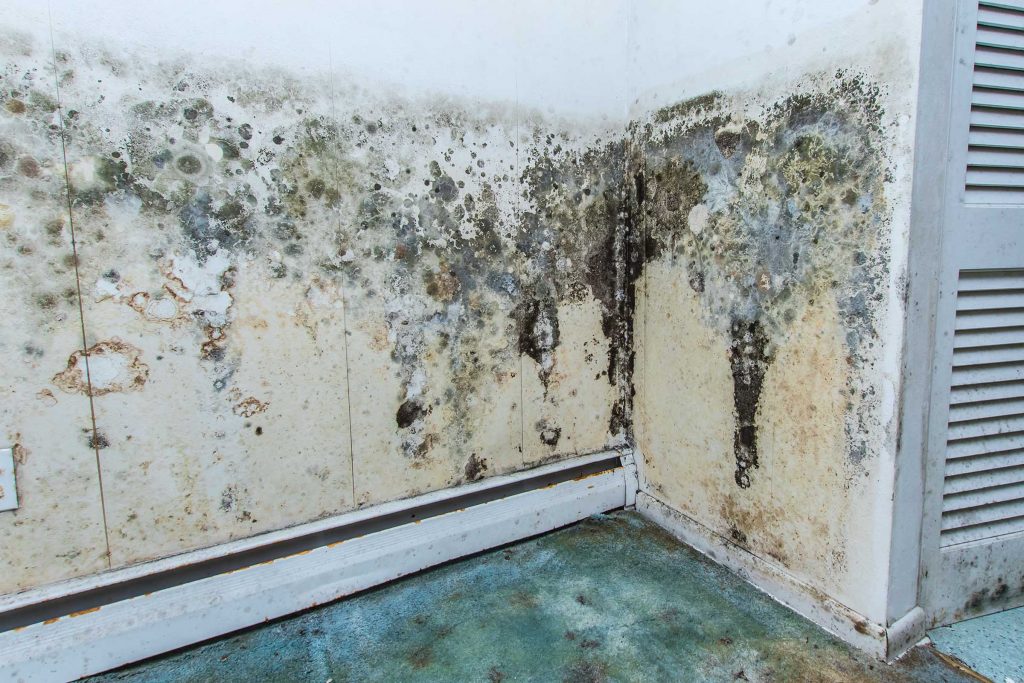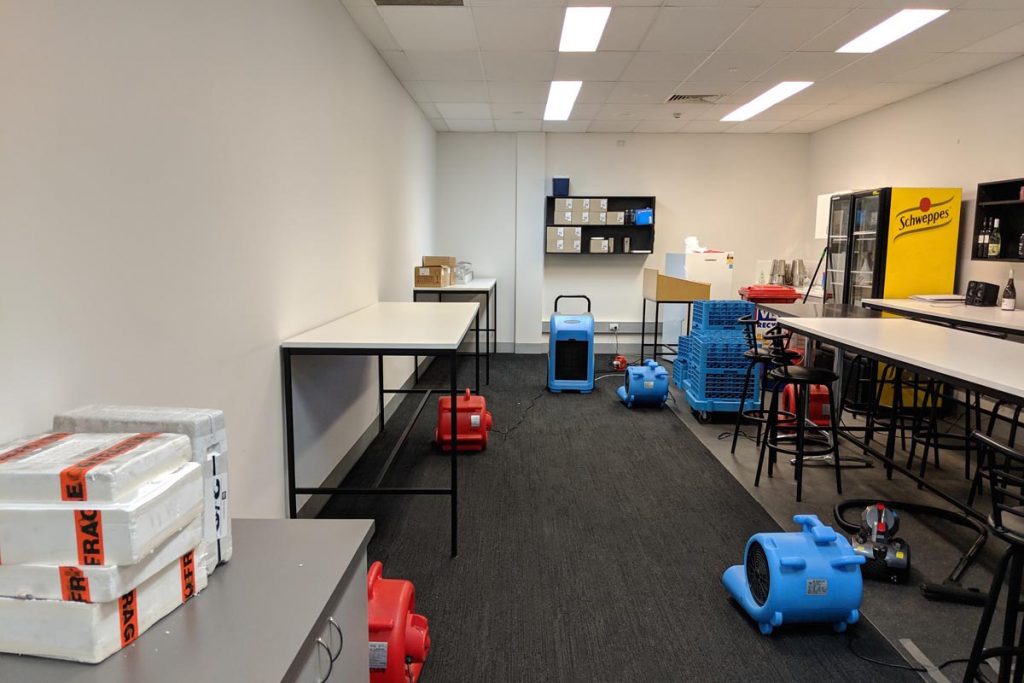Understanding Water Damage and Mould Remediation
Water damage can be a homeowner’s biggest challenge. Whether it’s a burst pipe, a roof leak, or a flood, the aftermath of water damage can leave your property in disarray. But the problems don’t end there. If water damage is not promptly addressed, it can lead to another issue – mould growth. In this post, we’ll explore the causes of mould growth after water damage and delve into the essential steps of mould remediation. At Kleen-Tech, we take pride in providing expert services to help you safeguard your home and ensure a healthy living environment for your family. If you experience any flood damage or mould growth at your property, reach out to us right away and we’ll be more than happy to assist.
Understanding the Connection between Water Damage and Mould Growth
When water infiltrates your home it creates an environment ripe for mould to thrive. Mould spores, which are present in normal amounts indoors and outdoors usually require moisture and organic matter to grow and spread. Water damage provides the perfect breeding ground for mould, as it introduces excess moisture to building materials like drywall, wood and insulation. If not addressed within 24 to 48 hours, the risk of mould growth dramatically increases so it’s best to address it as soon as you can. Keep in mind that not all mould requires these conditions to grow.
Why Mould is a Concern After Water Damage
Mould can be more than just an unsightly nuisance; it poses a risk to the integrity of the building. Exposure to mould can lead to various issues. Mould can damage your property’s structural integrity over time, resulting in costly repairs if not addressed as early as possible. To protect your loved ones and your commercial or domestic property, understanding the factors that contribute to mould growth is crucial.

Factors Contributing to Mould Growth after Water Damage
a. Moisture Levels: As mentioned earlier, moisture is the primary catalyst for mould growth. Elevated humidity levels in damp or water-damaged areas create an ideal habitat for mould spores to settle and proliferate.
b. Poor Ventilation: Inadequate ventilation in affected areas hinders the evaporation of moisture, allowing it to linger and create conditions conducive to mould growth. Think about bathrooms and kitchen areas
c. Delayed Water Damage Restoration: Time is of the essence when dealing with water damage. Delaying the restoration process allows mould spores to establish colonies, making remediation more complex and potentially more costly.
d. Temperature: Mould thrives in warm environments. Maintaining a temperature range of 20-25°C (68-77°F) increases the likelihood of mould growth in water-damaged areas.
Mould Remediation Process
Mould remediation is a comprehensive process that involves several crucial steps:
a. Inspection and Assessment: Trained professionals, such as those at Kleen-Tech, conduct a thorough inspection to identify the extent of water damage and mould growth. This step is vital to develop a targeted remediation plan.
b. Containment: To prevent the spread of mould spores to unaffected areas, technicians use physical barriers and negative air pressure systems during the remediation process.
c. Air Filtration: High-efficiency particulate air (HEPA) filters are employed to capture airborne mould spores, ensuring a safe working environment.
d. Removal: All water-damaged and mould-infested materials are carefully removed and disposed of following industry best practices.
e. Cleaning and Sanitisation: The affected surfaces are meticulously cleaned and sanitised to eliminate remaining mould particles.
f. Drying: The area is thoroughly dried using industrial-grade dehumidifiers and air movers to prevent future mould growth.
g. Restoration: Once the mould remediation process is complete, the restoration of damaged areas can begin, returning your home to its pre-damaged condition.

Prevention is Key
While mould remediation is effective in restoring a mould-infested space, preventing mould growth in the first place is always the best approach. Regular maintenance, timely repairs of leaks, and adequate ventilation are essential to keep mould at bay. Additionally, working with experienced professionals like Kleen-Tech can help you identify potential problem areas and take proactive measures to safeguard your home from water damage and mould infestations. Understanding the link between water damage and mould growth empowers you to take swift action when faced with a water-related disaster. At Kleen-Tech, our certified experts are equipped with the knowledge and skills to provide top-notch mould remediation services all across Melbourne. By promptly addressing water damage and employing comprehensive mould remediation techniques, we aim to protect your home and ensure a restored property for you and your loved ones.

